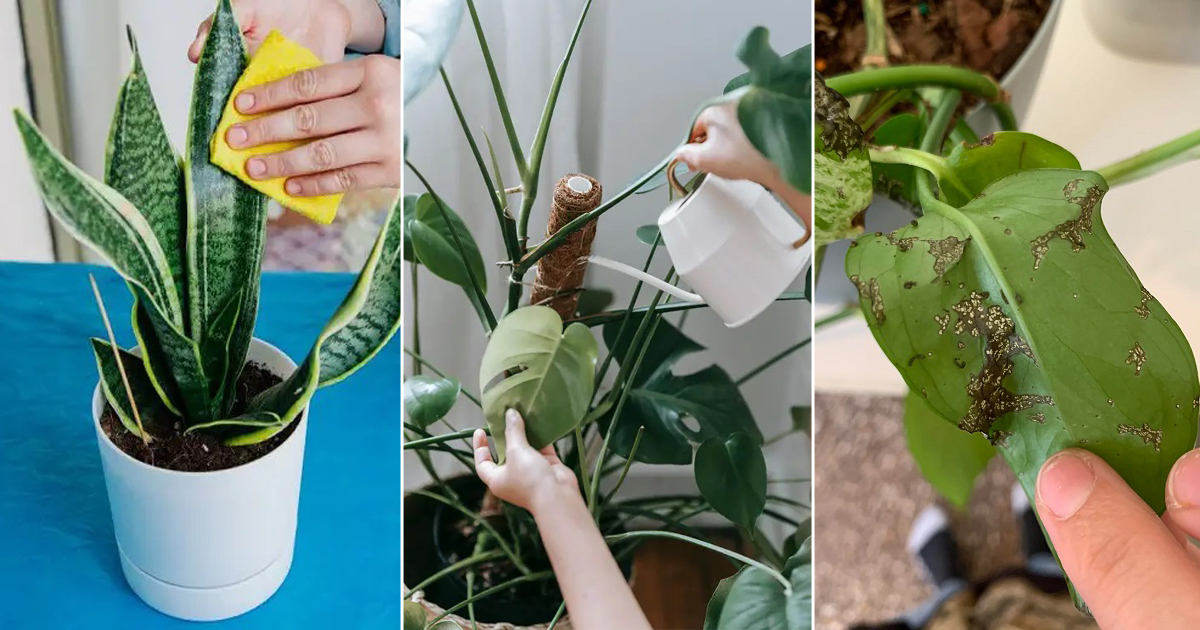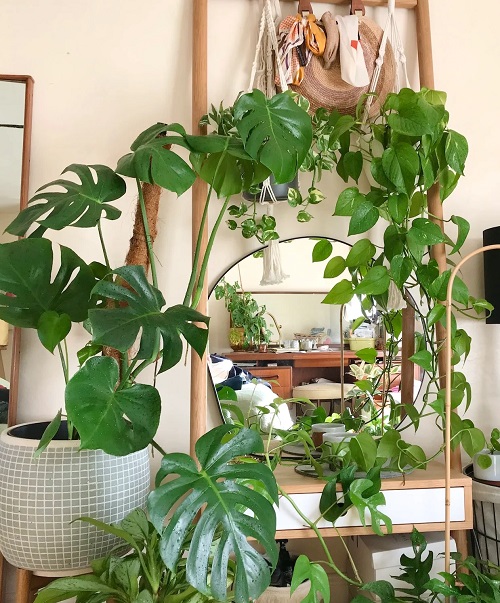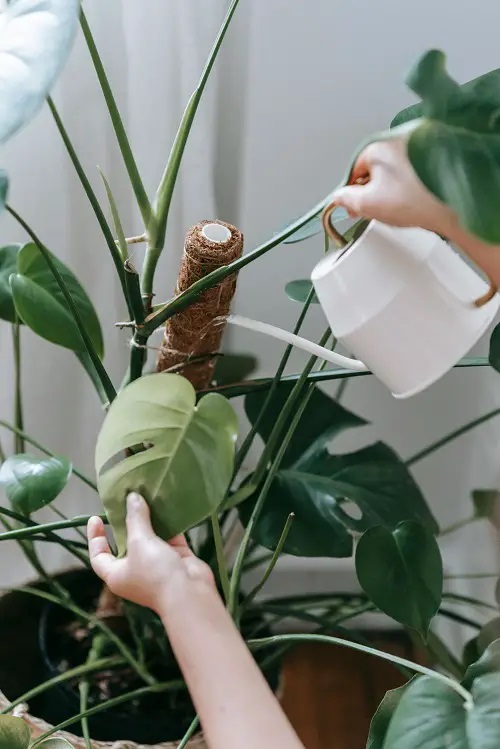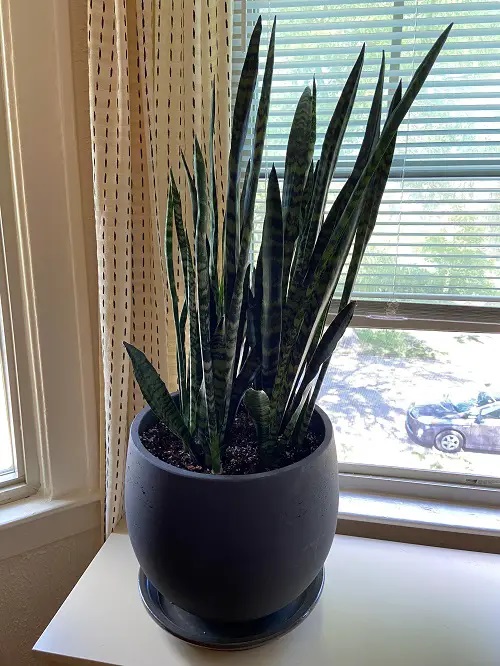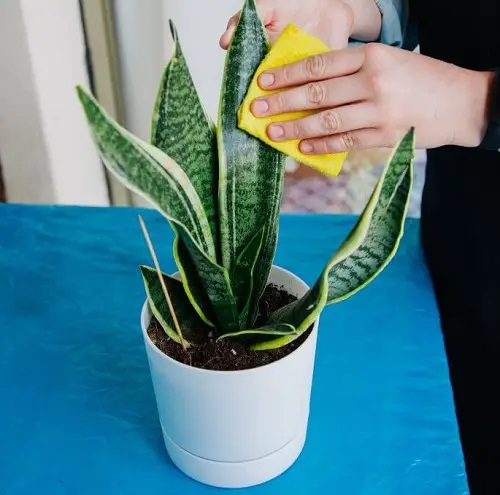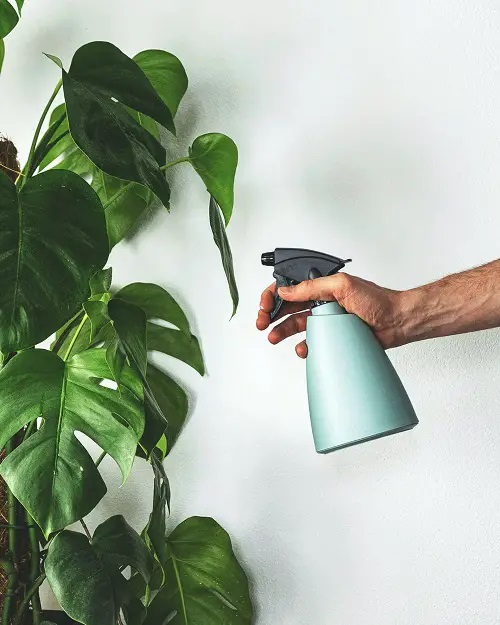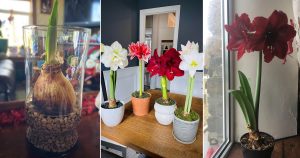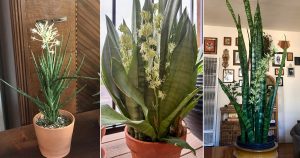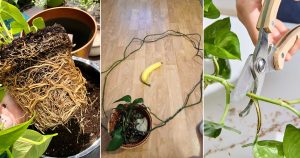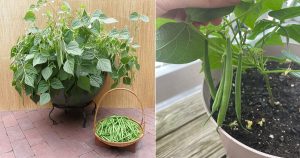Find out the common Mistakes that Kill Monstera, Pothos, and Snake Plant Slowly. Prevent them for a healthy growth of these houseplants.
Monstera, Pothos, and Snake Plant are some of the easiest and most loved houseplants. They add beauty to any home and don’t need much effort to grow. But sometimes, small mistakes can slowly harm these plants without you realizing it. These problems don’t kill the plant right away but weaken it over time.
Here are the most common mistakes that can slowly kill your Monstera, Pothos, and Snake Plant.
Mistakes that Kill Monstera, Pothos, and Snake Plant Slowly
1. Overwatering the Plants
Overwatering is one of the biggest reasons why houseplants die. Monstera, Pothos, and Snake Plants cannot survive if their roots stay wet for too long. Their roots need air as well as water. When you keep watering them too often, the soil becomes soggy, and the roots start to rot. Slowly, this weakens the plant, and you may notice yellow leaves, mushy stems, or droopy growth. Even though the soil feels wet, the plant still looks tired because the roots are no longer working properly. To avoid this, let the top layer of soil dry out before watering again. Always make sure your pot has holes at the bottom to let extra water drain away.
2. Using the Wrong Type of Soil
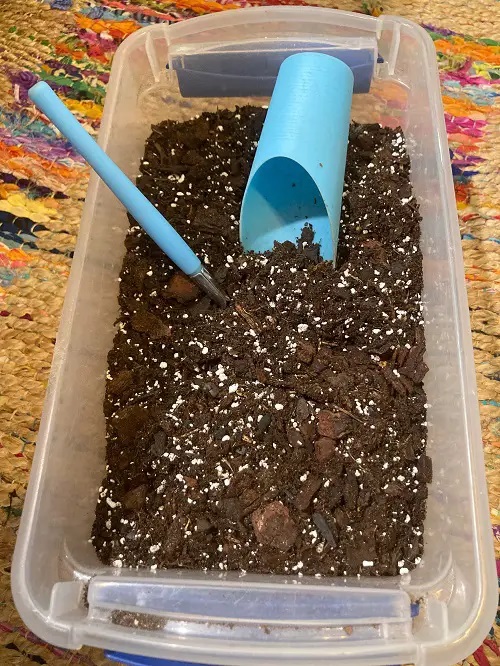
Another common mistake is using the wrong soil. Monstera, Pothos, and Snake Plants need light and airy soil that lets water pass through easily. If you use heavy garden soil or soil that stays wet for too long, the roots won’t get enough air. This can lead to root rot. To fix this problem, use indoor plant soil mixed with perlite or sand. This makes the soil loose and prevents water from staying trapped. Snake Plants can also grow well in cactus or succulent soil because it dries faster.
3. Placing Them in the Wrong Light
Light is very important for plants, but giving too much or too little can cause problems. Monstera loves bright, indirect sunlight. If you keep it in a dark corner, the leaves will grow smaller, and the plant will slow down. On the other hand, if you keep it in hot direct sun, the leaves can burn and turn brown. Pothos can handle low light, but it grows best in a spot with medium to bright, indirect light. Snake Plants are famous for surviving in low light, but if they don’t get enough, they may turn yellow and stop growing. To keep all three plants healthy, place them near a window where they get gentle sunlight. Remember to turn the plant around sometimes so all sides get light evenly.
4. Ignoring Pests
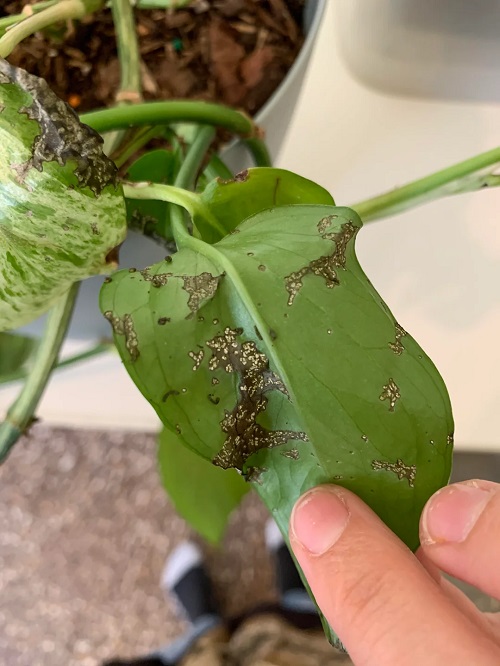
Many people forget to check their plants for pests. Monstera, Pothos, and Snake Plants can get tiny bugs like spider mites, mealybugs, and scale. These pests suck the sap from the plant and weaken it slowly. You might see sticky leaves, small webs, or white cotton-like spots. The leaves may curl or turn yellow as the pests take over. To stop this, wipe the leaves with a damp cloth regularly. If you find pests, use neem oil or insecticidal soap to remove them. Also, move the infected plant away from your other plants until the problem is gone.
5. Forgetting to Clean the Leaves
Dust collects on leaves over time. This dust blocks sunlight from reaching the plant’s surface. Without enough light, the plant cannot make food through photosynthesis. When this happens for a long time, the plant becomes weak. To avoid this, clean the leaves with a soft cloth and water every few weeks. This simple habit will help your plants stay healthy.
6. Overfertilizing the Plants
Feeding your plants too much fertilizer can be harmful. Some people think more food will help the plant grow faster, but too much can burn the roots. This weakens the plant slowly and can lead to yellow leaves or brown patches. Monstera, Pothos, and Snake Plant only need a little fertilizer during the growing season, which is usually spring and summer. In winter, you don’t need to fertilize them because they grow much slower.
7. Not Repotting When Needed

As plants grow, their roots need more space. If you leave your Monstera, Pothos, or Snake Plant in the same pot for too long, the roots will get crowded. This is called becoming root-bound. The plant will stop growing properly, and the leaves may become smaller or turn yellow. To avoid this, check the roots once a year. If you see roots coming out of the pot holes or circling the bottom of the pot, it’s time to move the plant to a bigger pot. Repotting also provides the plant with fresh soil, which helps it grow more effectively.
Ignoring Leaf Problems
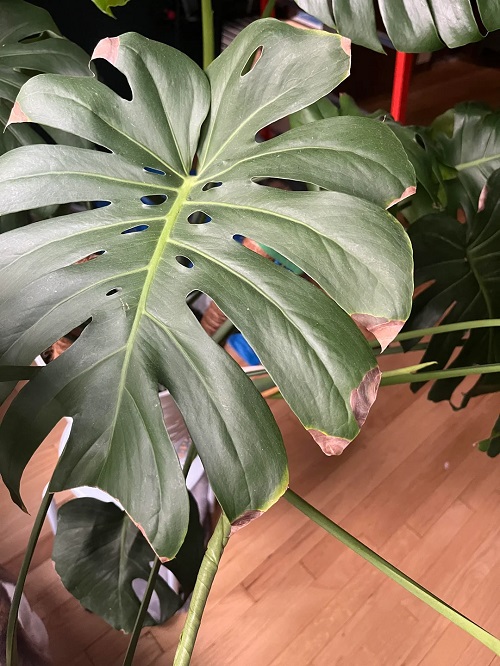
Many people ignore leaf problems, thinking they are normal, but leaves are like warning signs. If you see brown tips, it may indicate that the air is too dry or that you are not watering enough. If the leaves turn yellow, it may be a sign of overwatering, inadequate lighting, or pest infestation. Black spots can appear if there is excessive moisture, which can lead to fungal infections. Always pay attention to the leaves, as they reveal how the plant is feeling.

